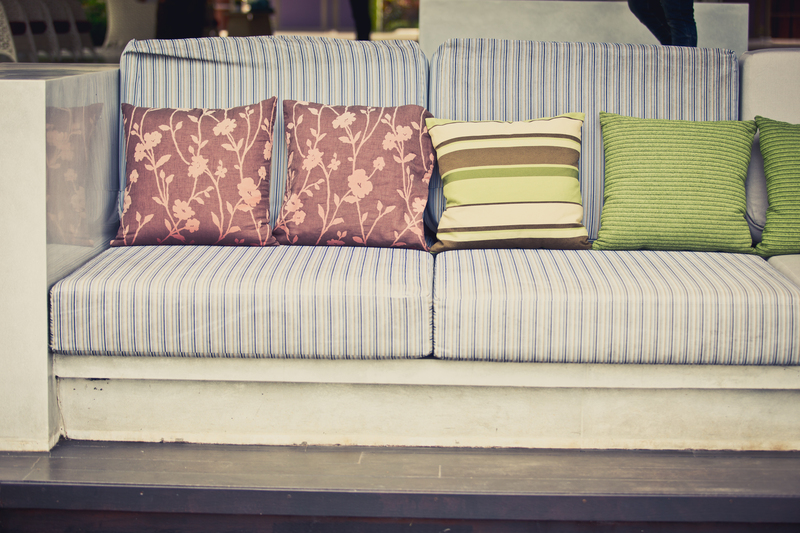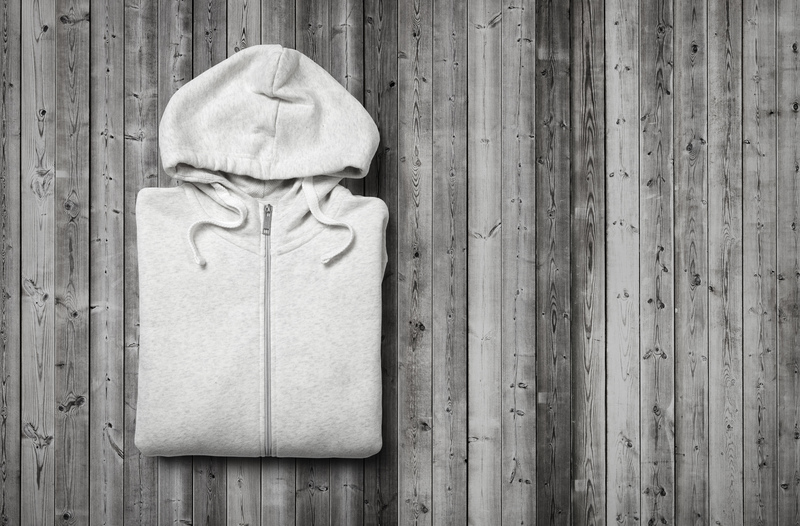Practical Ways to Reuse, Recycle, or Dispose of Pots and Pans
Cookware eventually reaches the end of its functional life in many households. Whether it's a scratched non-stick pan, a warped pot, or simply an item you no longer use, deciding what to do with old cookware isn't always straightforward. Thankfully, there are practical ways to reuse, recycle, or dispose of pots and pans responsibly. This comprehensive guide will explore eco-friendly, creative, and efficient approaches to manage your retired cookware, benefitting both your household and the environment.
Why Responsible Disposal of Pots and Pans Matters
Before tossing your old cookware in the trash, it's important to understand why eco-friendly disposal methods are essential:
- Environmental Protection: Many pots and pans are made from metals and non-biodegradable materials that can persist in landfills for hundreds of years.
- Resource Conservation: Reusing or recycling cookware saves resources by reducing the need for virgin materials.
- Community Support: Donating cookware in decent condition can help families, students, or shelters in need.
- Creative Opportunities: Upcycling old kitchenware inspires creativity and can add charm and utility to your home or garden.

Assessing the Condition of Your Pots and Pans
First, determine whether your pans can be reused, donated, recycled, or should be disposed of. Here's what to look for:
- Light Wear: Minor stains or scratches often mean your pot or pan can be reused or donated.
- Severe Damage: Warped, cracked, or flaking surfaces may pose health hazards and should not be reused for cooking.
- Special Coatings: Non-stick coatings require extra care in recycling, as the materials may differ from metals or ceramics.
Creative Ways to Reuse Old Pots and Pans
Before you consider tossing or recycling cookware, think about practical and innovative ways to repurpose old pots and pans. Here are some inspiring ideas:
1. Planters for Home and Garden
Transform a worn-out pot or pan into a stylish planter. With minimal effort, rusty or dented cookware can become a unique container for herbs, succulents, or flowers. Drill a few drainage holes in the base and line with pebbles before adding soil and plants.
- Create a charming herb garden on your windowsill with small saucepans.
- Use a large, deep pot for growing patio tomatoes or decorative flowers.
2. Kitchen Organizers
Give new life to old pans by turning them into organizers:
- Utensil Holders: Place old pots next to your stove to stash spatulas, ladles, and spoons.
- Magnetic Knife Rack: Attach a magnetic strip to a skillet's bottom as a quirky knife holder.
- Lid Racks/Trays: Repurpose lids as trays for loose change, keys, or desk accessories.
3. DIY Wall Art
Use your imagination and some paint to turn battered pots and pans into eye-catching kitchen wall decor. Paint them with bold colors, patterns, or fun phrases. Arrange groups of pans for a playful, rustic display.
4. Bird Feeders and Baths
Flat frying pans make wonderful bases for DIY bird baths or feeders in your yard. Hang them from tree branches with sturdy twine or chains and fill with birdseed or water for your feathered friends.
5. Musical Instruments for Kids
Old cookware is perfect for crafting homemade musical instruments. Let kids tap out rhythms on a variety of pans for a mini drum set, or use pot lids as cymbals in a backyard band.
How to Donate Old Pots and Pans
If your cookware is still in usable condition, consider donating it to those who need it. Here's how:
- Local Charities and Thrift Stores: Organizations like Goodwill, Salvation Army, and local shelters often accept clean, safe pots and pans.
- Community Centers and Food Banks: These centers sometimes collect kitchenware to distribute to families or individuals in need.
- Young Adults or Students: College students or people moving into their first homes are often grateful for donated cookware.
Remember to thoroughly clean all donated items and check with organizations about their acceptance policies regarding non-stick or heavily used cookware.
How to Recycle Pots and Pans Safely and Responsibly
Recycling is one of the most sustainable ways to handle old cookware, but the process depends on the materials your pans are made from.
Types of Materials and Recycling Options
-
Stainless Steel, Cast Iron, Aluminum:
- These metals are valuable and recyclable. Most metal recycling centers accept pots and pans, but ask if they permit cookware with plastic handles or non-stick coatings.
-
Copper Pans:
- Pure copper is highly sought after by recyclers. If your copper pan is lined, the recycler might require you to remove the lining.
-
Non-stick (Teflon) Pans:
- Non-stick coatings complicate recycling. Check with your local facility, as many won't accept Teflon-coated items.
How to Prepare Cookware for Recycling
- Remove Non-Metal Parts: Remove plastic handles, rubber grips, and glass lids, as these might not be accepted in metal recycling programs.
- Clean Thoroughly: Scrub away food residue and oils to prevent contamination.
- Sort by Material: If you're recycling multiple items, group them by type, such as stainless steel or aluminum.
Where to Recycle Old Pots and Pans
- Scrap Metal Yards: Many accept pots and pans, regardless of their age or appearance, as long as they're clean and free of non-metal parts.
- Municipal Recycling Facilities: Contact your local center for their cookware policy. Some offer special recycling days or drop-off points for household items beyond regular curbside programs.
- Retail Take-Back Programs: Certain brands and retailers (like IKEA) have take-back programs for metal cookware.
Can Non-Stick Pans Be Recycled?
Recycling non-stick pans is more complicated due to their chemical coatings. While most curbside programs can't process these coatings, some manufacturers--such as GreenPan and Calphalon--offer mail-in recycling initiatives where they safely dismantle and recycle the metal components.
Proper Disposal Methods for Old Pots and Pans
If your cookware is beyond saving, upcycling, or recycling, disposing of it responsibly is key. Here are your options:
1. Bulk Waste Collection
Many cities provide bulk waste pickup services for large or odd-shaped trash items. Confirm with your municipal waste department if they accept cookware, and follow their preparation guidelines.
2. Specialized Collection Events
Municipalities often host household hazardous waste collection events for items not suitable for regular garbage or recycling. While pots and pans rarely qualify as hazardous, some events may offer cookware recycling or creative reuse opportunities.
3. Landfill (Last Resort)
Sending cookware to the landfill should be your last option--after exploring donation, reuse, and recycling. If you must, ensure pots and pans are clean and free of food waste.
Tips for Buying Sustainable Cookware
To minimize waste in the future, consider choosing eco-friendly, durable cookware going forward. Keep these factors in mind:
- Choose Recyclable Materials: Stainless steel, cast iron, copper, and aluminum are easy to recycle and last decades.
- Prioritize Quality over Quantity: Invest in high-quality pots and pans rather than cheap sets that warp or degrade quickly.
- Seek Out Repairable Products: Select brands that offer replacement parts like handles and lids.
- Assess Warranties: Some top cookware brands provide lifetime warranties or recycling programs for their products.

Frequently Asked Questions
What should I do with rusty pots and pans?
Rusty cookware can sometimes be restored with proper cleaning and re-seasoning (especially cast iron). Otherwise, repurpose them for decorative use or recycle the metal.
Are ceramic or glass cookware recyclable?
Ceramic and glass pans generally aren't accepted in curbside recycling because of their high melting points and durability. Check for specialized programs, or repurpose them creatively (like as planters or organizers).
Can I donate scratched non-stick pans?
It's best not to donate non-stick pans with scratches, as damaged coatings may flake into food, causing health risks. Look for manufacturer-backed recycling programs instead.
What about reusing pots and pans for camping or outdoors?
Old cookware can make perfect camping gear for use over open fires, especially if it's too shabby for your main kitchen. Many campers actually prefer well-worn pots for rugged use.
Conclusion: Make Every Pot and Pan Count
Finding practical ways to reuse, recycle, or dispose of pots and pans helps reduce waste and support sustainability. Whether you transform an old skillet into a colorful planter, donate to a neighbor in need, or rearrange items in your home, every effort extends the life cycle of your cookware and benefits the environment. With a little creativity and care, you can ensure your old pots and pans never go to waste!
